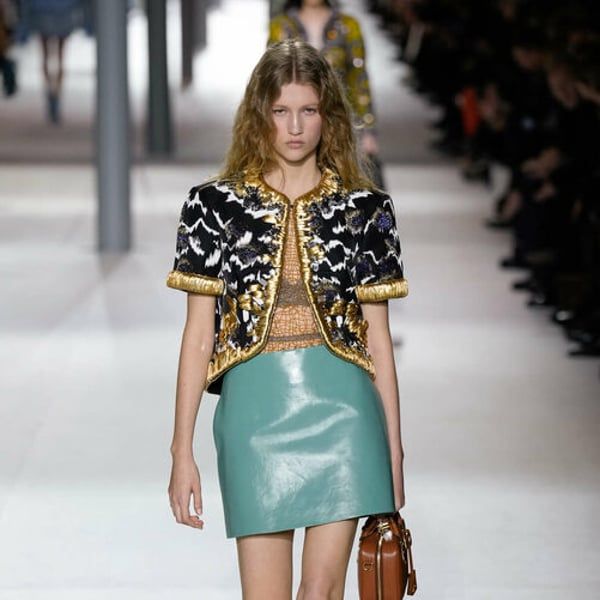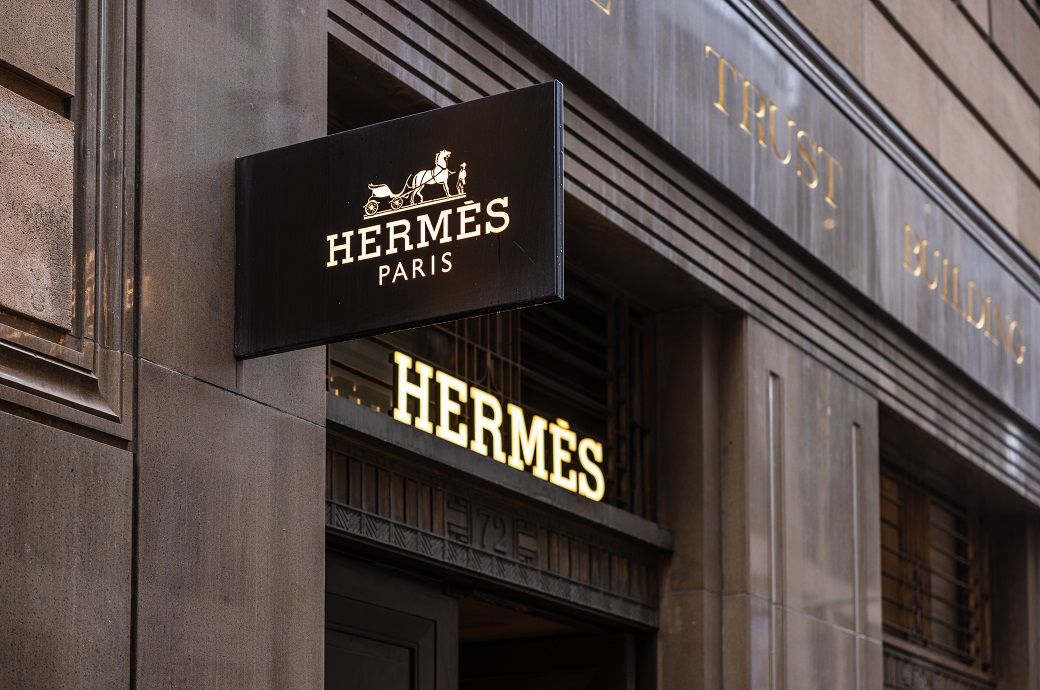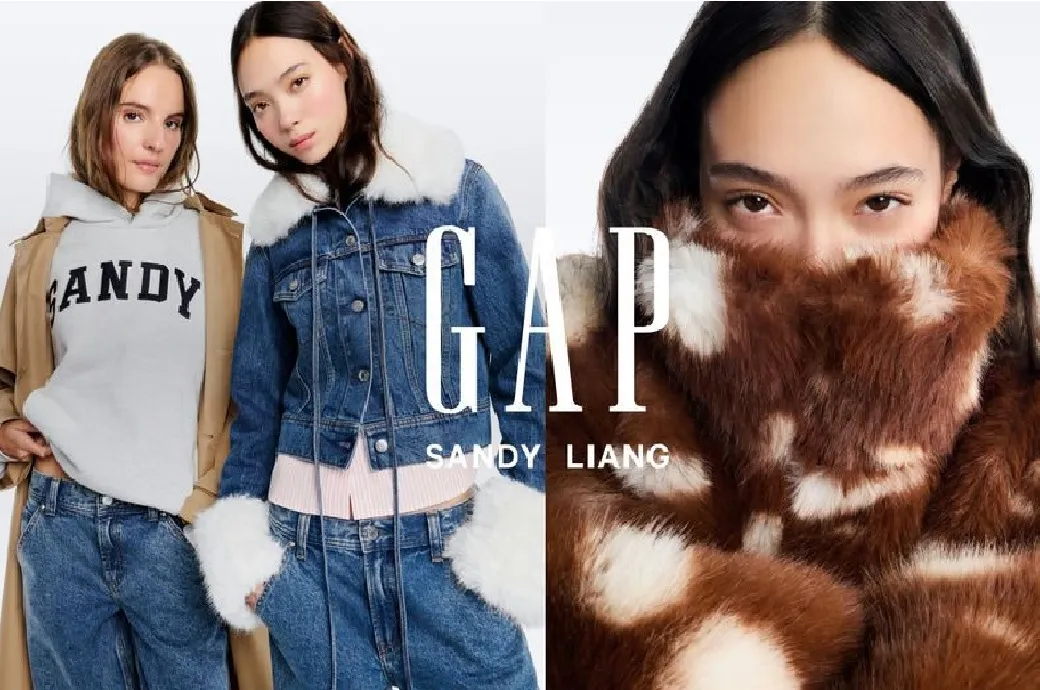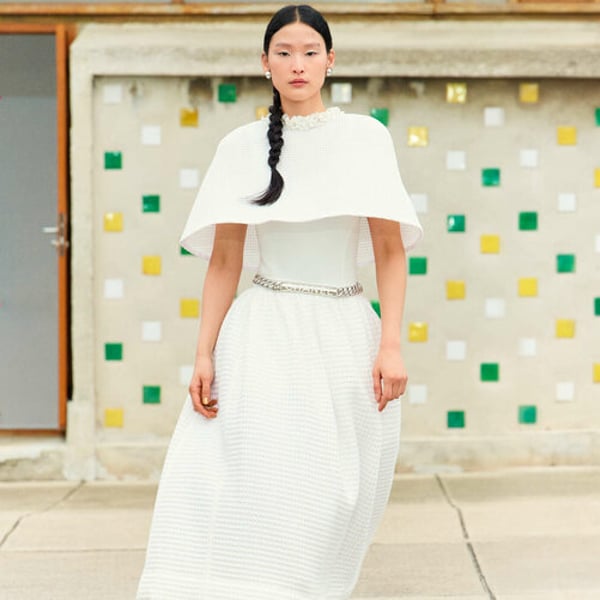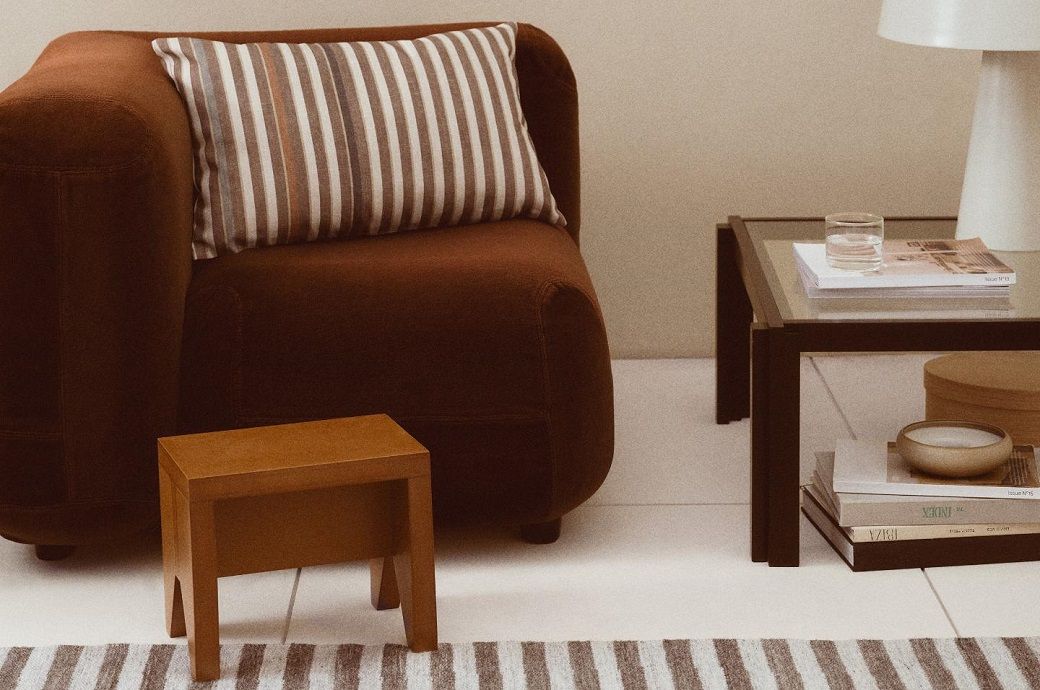By
Bloomberg
Published
April 17, 2024
LVMH's first-quarter results brought reassuring signs that wealthy Chinese shoppers are splurging on luxury goods, but not in China.
The world's largest luxury group – with 75 brands ranging from Louis Vuitton to Dom Perignon – said demand from Chinese rose 10% in the first quarter, when those shopping outside the country are included.
Much of the shopping by Chinese tourists occurred in Japan, where the wealthy took advantage of the weak yen to buy Louis Vuitton bags and other big-ticket items for less, analysts said. LVMH's sales in Japan rose almost a third in the quarter, even as revenue in the rest of Asia fell 6%.
“Hong Kong, Macau and Japan remain favorite shopping destinations” among Chinese, “with luxury spending in Japan driven by the pull of the weak yen,” said Deborah Aitken, luxury goods analyst at Bloomberg Intelligence.
She estimates that Chinese shoppers accounted for about 23% of global luxury spending this year, up from 33% before the pandemic. That will likely improve further in 2025, supported by low double-digit growth, against a luxury market that will expand 5% to 6% this year, she said.
The yen is trading at its lowest level in 34 years against the dollar.
Luxury goods gain wings with a market of 500 billion euros on the horizon
Since the pandemic lockdowns ended, the luxury industry has been anticipating a surge in demand from Chinese consumers who rushed back to stores. That has not materialized as domestic economic uncertainty affected confidence.
Signs that the situation might be improving, or at least not deteriorating further, helped lift LVMH shares almost 5% on Wednesday, and also gave a more modest boost to luxury rivals Hermes International and Richemont, which owns de Cartier.
Kering SA, which last month warned that sales of its biggest brand, Gucci, likely fell about 20% in the first three months of this year due to weakness in China, didn't change much.

